ACL injuries typically take six to nine months to fully heal. (Credit: Sydney FC)
Taylor Ray has suffered three ACL injuries in six years. With a month to go until the Women’s World Cup, she is now inspiring young girls to remain positive and resilient through their injuries.
Taylor Ray, the 22-year-old Australian international footballer, reflects on the moment her career was blighted by the same injury yet again. “I just knew,” she says, “I was screaming straightaway. I was yelling out, ‘Why me again?’
“Every single emotion, even ones you didn’t know you had, come to your head at once. How could the best achievement in my career happen yesterday and now the worst moment of my life happen today?”
Ray laments her cursed luck: “I did everything right. I did what they said to do. So, why is this happening?”
Less than 24 hours after her international debut against Spain, Ray suffered an injury to her anterior cruciate ligament (ACL) for the third time in her short career. It is an injury which keeps players out of action for almost a year, and the most unlucky players out for the rest of their career.
After the game she endured a lonely five-hour wait for her family in Australia to wake up so that she could break the news, filled with overwhelming emotion and self-doubt.
The injury happened the day after Australia’s defeat to Spain.After the game, the team got back to their hotel at 1.30am. The players then mustered any sleep they could before being driven five hours across Spain to Portugal, where they launched straight into the training session during which Ray was ultimately injured.
When these details emerged, her coaches at Sydney FC – her club in Australia – were outraged.soon after, Ray shared their anger. “It is very poor player welfare. I was very pissed off.”
Unfortunately, Ray is one of the hundreds of professional female footballers sidelined with an ACL injury. “It’s heart-breaking,” she says.“I was actually using the World Cup as motivation to come back.”
With the FIFA Women’s World Cup starting in July, several players who could have been the tournament’s biggest stars are set to miss out; a reality Ray has also had to accept.
“Being so young, I can look forward to the Olympics next year and I will have another chance in the future,” she reflects. “I’m someone who will use this to make me work harder. Setbacks happen in life and it’s just about how you get past them.”
Ray’s recovery from an ACL injury on three separate occasions appears remarkable, but the underlying question of why women footballers suffer so many ACL ruptures remains.
Dr Thomas Dos’Santos, lecturer in Sports Biomechanics at Manchester Metropolitan University, explains that this is a question with no simple answer.
There is no single factor which causes ACL injuries but a culmination of interspersed factors; however, some of these factors affect women more disproportionately than men.
The gender inequity and inequality in football training does increase the likelihood of women suffering ACL injuries more than their male counterparts. The impact of such disparity in quality and quantity of training can begin in children.
“Your typical academy-level, female footballer will not probably receive the same number of hours and quality of training as a male.” Dos’Santos explains. “There’s lots of evidence showing that engaging in strength and conditioning and injury prevention training can reduce the load on the ACL.”
Dos’Santos advocates for the introduction of, “simple injury prevention techniques [that] can be taught in PE at primary and secondary school to educate about basic strength and movement training.”
Dr Joanne Parsons, Associate Professor in Rehabilitation Sciences at the University of Manitoba, argues that years of gender inequality have meant girls are not prepared physically to cope with the pressures of being an elite footballer.
“These girls are being asked to perform with all this extra pressure, extra travelling in huge numbers of games, all in shorter amounts of time. I’m not sure the development has been there to support them in that.”
Similar to Dos’Santos, Parsons believes girls must be given the same quality of strength and conditioning training as boys to better prepare them for the physical challenges of elite football.
“I think having strong women role models at an early age is really important in showing girls that women can be strong and have muscles and play aggressively and that it is ok,” she emphasises.
For many, Taylor Ray is already a role model. She speaks proudly of the countless messages she receives praising her resilience, passion and positivity to come back from three devastating injuries.
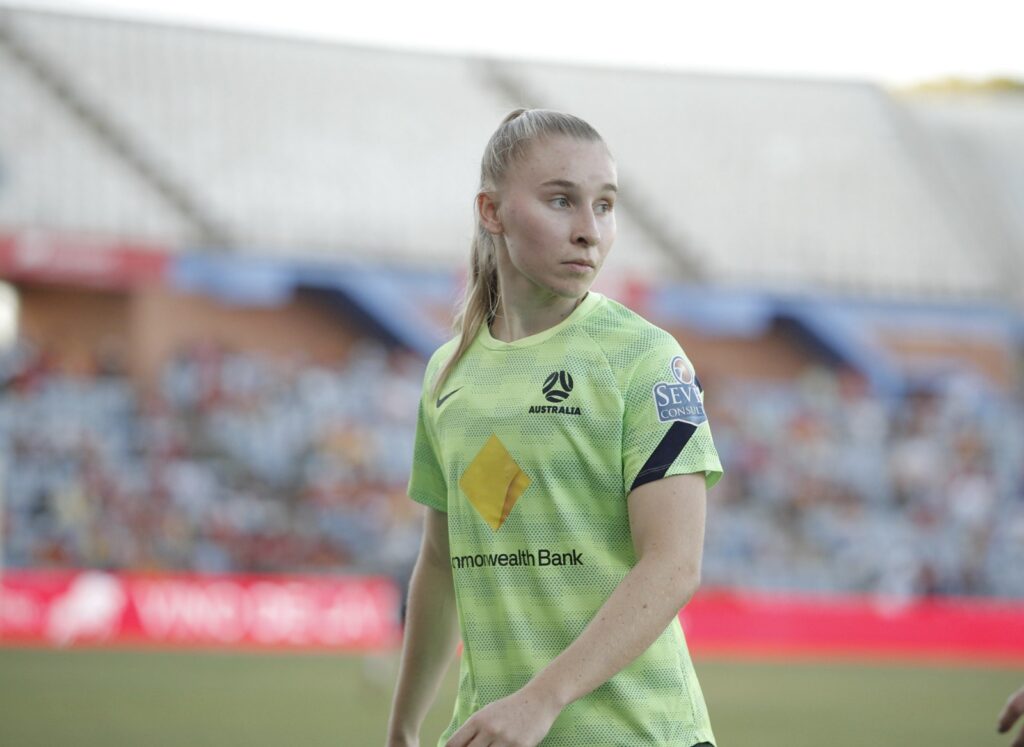
Even physiotherapists are seeing Ray’s leadership qualities, encouraging boys and girls as young as 10 to speak to her about staying positive through injury.
Ray rightly believes that she has become a voice for those who have suffered ACL injuries.
Her positivity is evident during the Zoom call as she talks about her desire to help other young people through their own ACL injury rehabilitation – a desire which has inspired her to do a Health Sciences degree with hopes of becoming a strength and rehabilitation coach in the future.
“It’s sad that injuring my ACLs has given me that passion but I do think everything happens for a reason. So, I think that must be one of the reasons why – I can help people through that journey too.”
Despite Ray’s positivity, there is a sense of dejection as she explains why she believes women have been excluded from better protections and medical checks. “They [footballing bodies] are worried about finances. You would just do this for the safety and wellbeing of your players. But they don’t. And that’s the problem.”
Ray fears a dark inevitability. “There are so many underlying factors to ACL injuries that people don’t realise that this World Cup will [expose].”
But, almost like a martyr, Ray says with passion: “We’re waking up the world to show that this [ACL problem] is serious and they don’t put enough research and money into fixing this.”
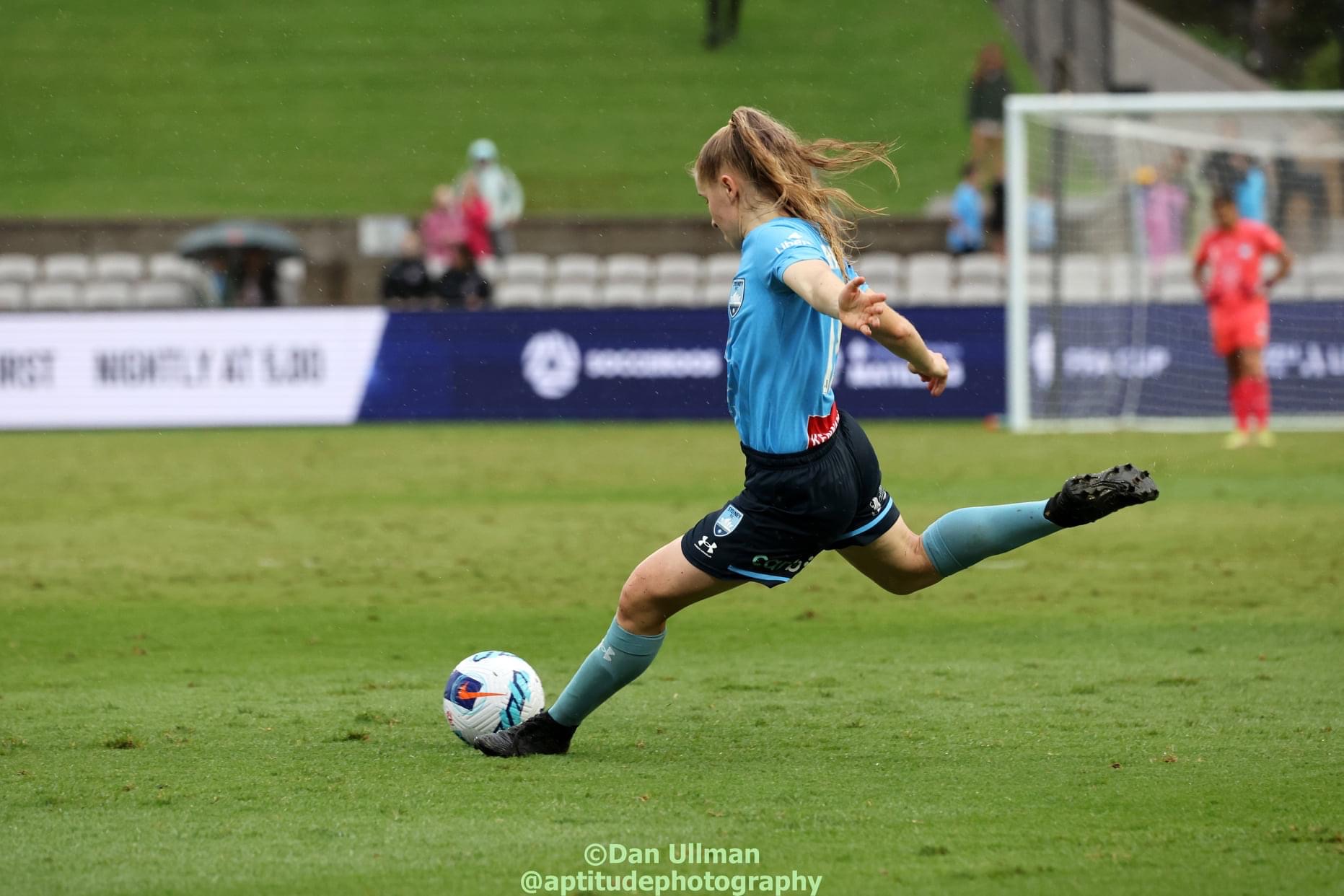


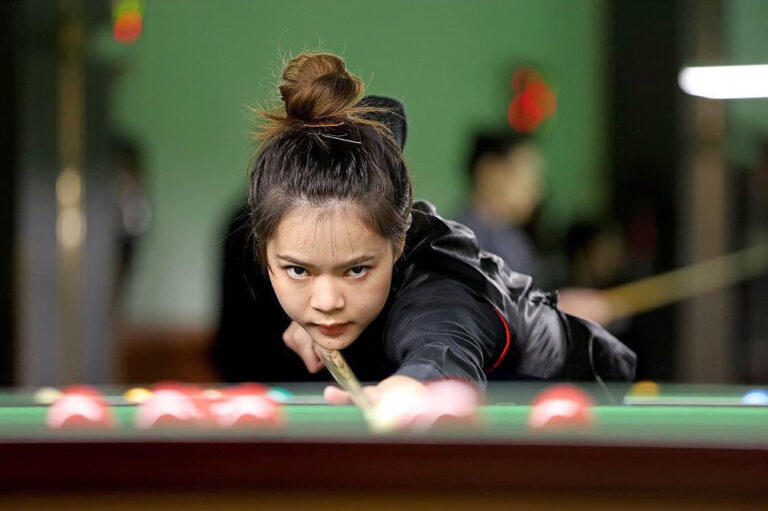
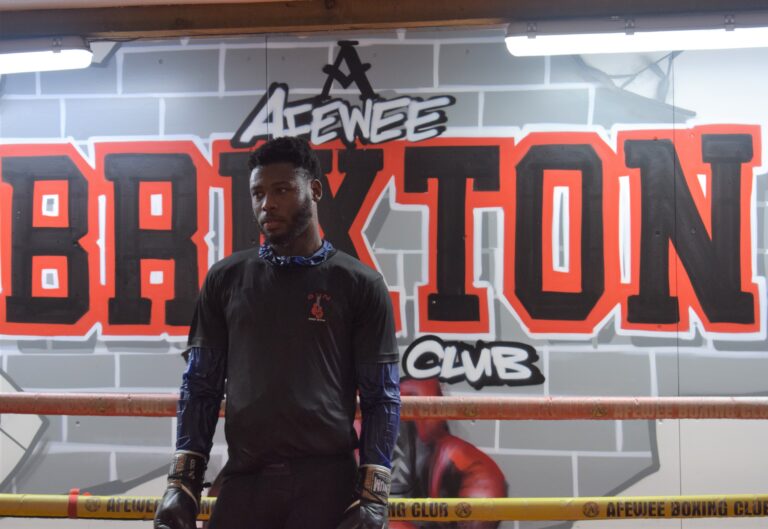



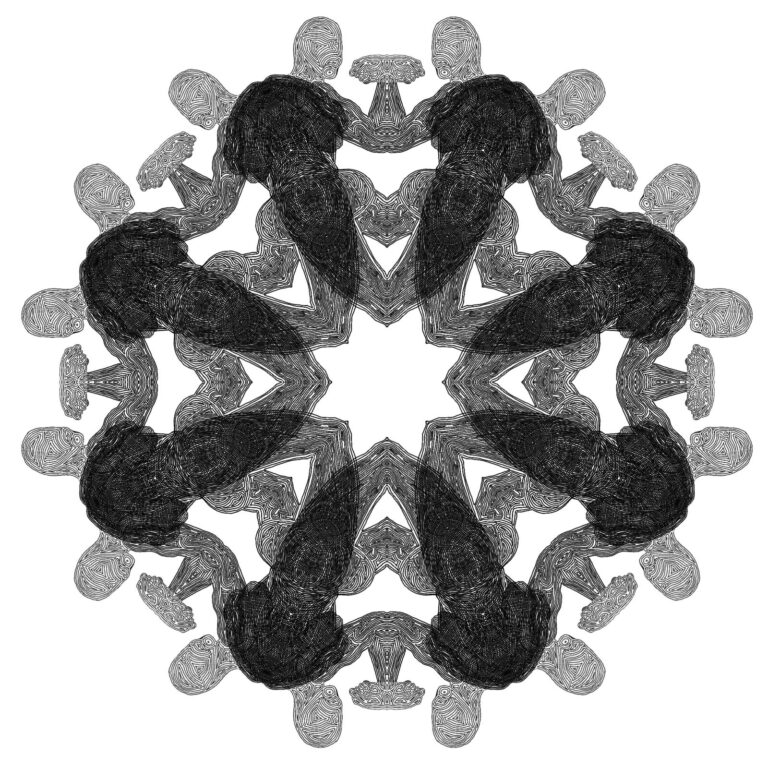
[…] You may also like: Being a leader in the face of an ACL injury epidemic […]
[…] You may also like: Being a leader in the face of an ACL injury epidemic […]